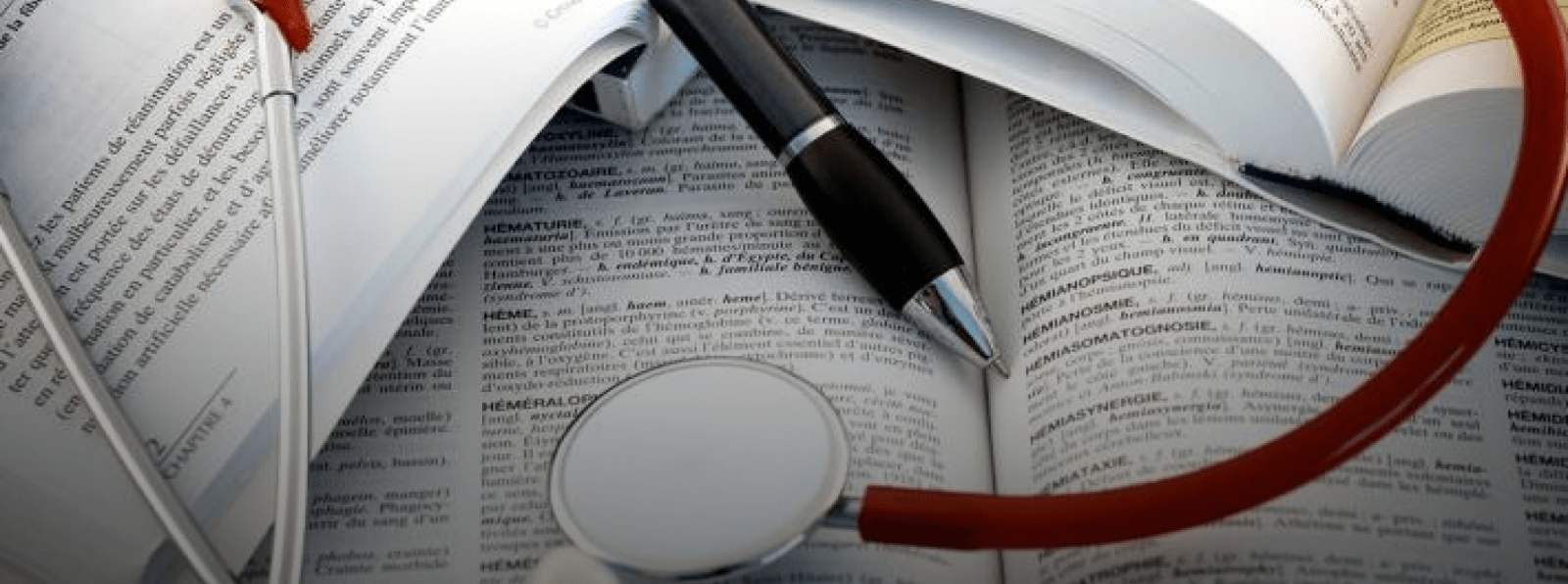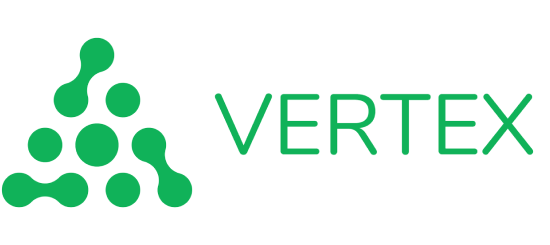Care
Post-Concussion
Identify the signs,
start treatment. Your health comes first
Targeted rehabilitation
for effective healing
Rééducation ciblée pour une guérison rapide. Prenez rendez-vous !
Identifiez les signes, commencez le traitement. Votre santé avant tout
YOUR BRAIN DESERVES THE BEST CARE, CONSULT OUR SPECIALISTS IMMEDIATELY!
A concussion is an injury to the brain, induced by biomechanical forces, that can be caused by direct impact to the head, face, back or elsewhere in the body. This impact creates a “whiplash” effect to the head, resulting in a collision between the brain and the skull. A concussion is a complex pathophysiological process and the result of a neurometabolic cascade. Currently, it is not visible with any conventional imaging method such as X-rays or MRI. This is a serious traumatic head injury that requires great attention and proper care.
The impact on brain tissue:
- microtears in the fibers connecting different regions of the brain
- a chemical imbalance (entry of calcium into the mitochondria)
- hyperexcitation of neurons
- a decrease in cerebral oxygenation
- a decrease in glucose
- inflammation of brain tissue
- a metabolic imbalance
Complete mental and physical rest following an injury, particularly in the first 24-48 hours, plays a critical role in recovery. The brain needs to regain its balance and receive a significant supply of oxygen and glucose to recover. Plus, new studies suggest that being physically active may aid recovery. The chosen activity can be as simple as a daily walk and should not make symptoms worse. Returning too quickly to learning, working or playing can prolong the recovery period and make the brain more vulnerable to sustaining another concussion. Concussions cause a wide variety of symptoms that can pose a challenge for healthcare professionals. As recovery time varies from person to person, there is no one-size-fits-all rehabilitation solution and it is impossible to know how long the process will take.

It is difficult to prevent an accident. On the other hand, through training the neck muscles, good posture and good sports techniques, we can try to reduce the incidence of concussions. We can encourage positive sportsmanship, enforce the rules of the game and wear protective equipment.
Education among the general population and athletes can help recognize the circumstances leading to a concussion and facilitate the detection of signs and symptoms caused by a mechanism of injury that could lead to a concussion.
The moment a concussion is suspected, it is important to stop the activity, whether at work or in sport. Symptoms may appear up to 48 hours after the incident. If in doubt, stop all activity and observe for a few hours. The person should not be alone or allowed to drive. It is recommended to see a family doctor or sports medicine doctor as soon as possible when you suspect a concussion (most concussions do not require emergency care - see the list of emergency signs).

An emergency assessment is warranted if there is deterioration in the person’s psychological or physical condition.
Go to the emergency room immediately.
Increasing headache
Severe sleepiness
Severe neck pain
Convulsion, neurological deficit
Repeated vomiting
Speech impediment
Difficulty recognizing people or places
Considerable irritability
Poor coordination
Confusion/disorientation
Diplopia (double vision)
Very unusual behaviour

Physical
Headache
Pressure in the head
Neck pain
Nausea or vomiting
Dizziness
Problems with your vision
Problems with your balance
Sensitivity to light
Sensitivity to noise
Cognitive
Difficulty concentrating
Difficulty with memory
Confusion
Feeling like you're slowing down
Feeling of not being in
your normal state
Feeling like you're in a fog
Psychological
More emotional
Irritability
Sadness
Nervous/anxious
Related to sleep
Fatigue
Drowsiness
Difficulty falling asleep

Initially, concussion requires physical, cognitive and social rest. Tasks that require attention, concentration and visual effort require a lot of energy. Engaging in this type of effort too early can cause symptoms and prolong recovery time. This is why changes to your work and school routines will be necessary. It is very important to respect the recommended rest.
The more energy an individual spends on school tasks, work obligations, or even video games, the less energy is left to help the brain heal. The goal is to limit cognitive activity to a tolerable level that does not cause symptoms to appear or increase. Stay in a quiet environment, dim the lights or wear sunglasses and a cap; all of these actions can reduce the appearance of symptoms.
DO NOT DO...
Television
Video games
Text Messages
Reading
Computer
DO...
Listen to podcasts
Listen to an audiobook
Listen to music
Listen to the radio or a TV show
Go for a walk
Perform light household chores such as folding laundry or cooking
RECOVERY TIME
The duration of symptoms and recovery time is personal to each individual and depends on several factors such as having previously suffered a concussion, the severity or number of symptoms present and the individual's medical history. Recovery from a concussion generally occurs fairly quickly, but some cases persist for more than a month. It's normal to feel frustrated, sad, or angry during recovery because you can't participate in your sports, academics, or work activities. However, it is better to impose management strategies rather than delay your recovery.
SLEEP
There is no need for someone to wake you up during the night after a concussion. During the first 24-72 hours, rest as needed. After the initial phase, it is important to maintain a healthy sleep routine. Try eliminating naps or keeping them short (less than 30 minutes) and earlier in the day (before 3 p.m.). It is important to sleep well in the evening. Maintain consistent wake-up and bedtimes and relax in the late evening before going to bed.

Following a concussion, it is important to consult your doctor to implement work stoppage or school accommodation strategies. Additionally, it is important to consult your healthcare professional at Vertex Commotion for a detailed screening evaluation as well as to establish a management strategy specific to your case.
Your rehabilitation is essential because, among other things, it improves cerebral blood flow, increases oxygenation of the brain and rebalances the functioning of the central nervous system. In order to be effective, the rehabilitation program must be closely supervised by a health professional with expertise in the sciences of physical activity and concussions.
Concussion assessment includes
- Medical history and details of the mechanism of injury
- Assessment of signs and symptoms
- Neurological assessment
- Assessment of vision and the vestibular system
- Assessment of balance and walking/coordination
- Basic neurocognitive screening
- Manual assessment of the neck and head
The initial assessment lasts approximately 60 minutes. It may be that not all of these assessments are completed at the first meeting. It is adapted to the specific needs of each individual.
REHABILITATION
Each individual has a unique concussion profile. The multidisciplinary team offers management strategies and a rehabilitation plan specific to each case.
- Rest strategies and lifestyle advice
- Specific recommendation for professional and educational accommodations
- Manual therapy for physical pain (neck, whiplash, head, etc.)
- Oculomotor rehabilitation
- Vestibular rehabilitation
- Cognitive and functional rehabilitation
- Symptom limiting threshold assessment and return to physical activity plan
*It is strongly recommended to follow the progressive steps of returning to physical activity under the supervision of your healthcare professional at Vertex Commotion. The process includes a return to conditioning and prevents relapse as well as a premature return to activities or sport.

A person who returns to their activities before having completely recovered from their concussion is three to five times more likely to suffer another since their physical, visual and cognitive abilities are slowed down. If you suffer a new concussion before having recovered from the previous one, there could be significant after-effects, a longer recovery and, in some cases, permanent neurological deficits. This is all the more true among young people and adolescents who are more at risk. Although a concussion causes permanent changes to the brain, there will be fewer long-term consequences if good rest, management and care strategies are put in place.
Concussions have a cumulative effect: each new concussion causes more damage to brain tissue. Over time, the brain of a person who has suffered several brain injuries not only ages accelerated, but also shows signs of degenerative diseases resembling those found in patients with Alzheimer's disease. Several symptoms seem to be linked to this degenerative phenomenon called chronic encephalopathy, such as mood swings, anxiety, organizational and management problems, memory and attention problems, in addition headaches and dizziness.

To reduce the energy demand on the brain in the first 24-72 hours after the concussion, it is important to cease all physical, cognitive and social demands. We strongly suggest not going to work or going to school during this period. A concussion can affect visual, vestibular, and somatosensory abilities, which affects the ability to function well in certain environments. Some exercises therefore aim to rehabilitate your cognitive abilities, such as concentration and memory, through simple tasks at the beginning, and gradually, by increasing the duration, quantity and difficulty of the tasks. Additionally, exercises will help you better tolerate different environments.
The return to school must be done gradually in collaboration with your teachers and caregivers. To prevent the student from feeling isolated, we recommend returning to school fairly quickly. At the beginning, several accommodations are necessary to limit stimuli such as noise, screens, etc. Over time, signs and symptoms diminish and accommodations will be modified according to the individual's abilities.
The return to work must also be done gradually, following the advice of your health professional and your attending physician. Different arrangements can be made depending on the nature of your work to help you limit the appearance of symptoms and manage your energy level.

The latest studies show that after the initial rest period, it is beneficial to return to low-intensity aerobic activity, such as walking, to activate circulation and oxygenate the brain. You will be suggested activities during the acute phase of your recovery. For athletes, we will offer tools and precise instructions to follow to try to avoid deconditioning.
Once all signs and symptoms have disappeared and all sensory integration capabilities have been restored, you will be supported in your gradual return to your physical and sporting activities. At Vertex Commotion, we use the return to sport protocol in progressive stages suggested by the 2016 Berlin consensus, adapted to the sport practiced. It is very important to follow the advice of your healthcare professional for a gradual and safe return.

1. McCrory P, Meeuwisse WH, Aubry M, Cantu B, Dvorak J, Echemendia RJ, et al. Consensus statement on concussion in sport: the 4th international conference on concussion in sport held in Zurich, November 2012. Br J Sports Med (2013) 47:250-8. doi:10.1136/bjsports-2013-092313
2. Manley G, Gardner AJ, Schneider KJ, Guskiewicz KM, Bailes J, Cantu RC, Castellani RJ, Turner M, Jordan BD, Randolph C, Dvořák J, Hayden KA, Tator CH, McCrory P, Iverson GL. A systematic review of potential long-term effects of sport-related concussion. Br J Sports Med (2017) 51:969–977. doi:10.1136/bjsports-2017-097791
3. Ellis MJ, Leddy JJ, Willer B. Physiological, vestibulo-ocular and cervicogenic post-concussion disorders: An evidence-based classification system with directions for treatment. Brain Injury (2015) 29:2, 238-248, DOI: 10.3109/02699052.2014.965207
4. Ellis MJ, Cordingley D, Vis S,4 Reimer K, Leiter J, Russell K. Vestibulo-ocular dysfunction in pediatric sports-related concussion. J Neurosurg Pediatr (2015) 16:248–255.
5. Ellis MJ, Leddy J, Willer B. Multi-Disciplinary Management of Athletes with Post-Concussion Syndrome: An Evolving Pathophysiological Approach. Frontiers in Neurology (2016) 7:136. doi:10.3389/fneur.2016.00136
6. Leddy JJ, Kozlowski K, Donnelly JP, et al. A preliminary study of subsymptom threshold exercise training for refractory post-concussion syndrome. Clin J Sport Med. (2010) 20:21-27. Journal of Biomechanics (2013) 46:912–917.
Gouvernement du Québec - protocole commotions cérébrales
Gouvernement du Canada - protocole commotions cérébrales
Corporation des thérapeutes du sport du Québec - protocole commotions cérébrales
Parachute Canada
Collaboration canadienne des commotions cérébrales - outils
Étapes de retour au jeu
SCAT5
Suivi signes et symptômes à la suite d’une commotion cérébrale
